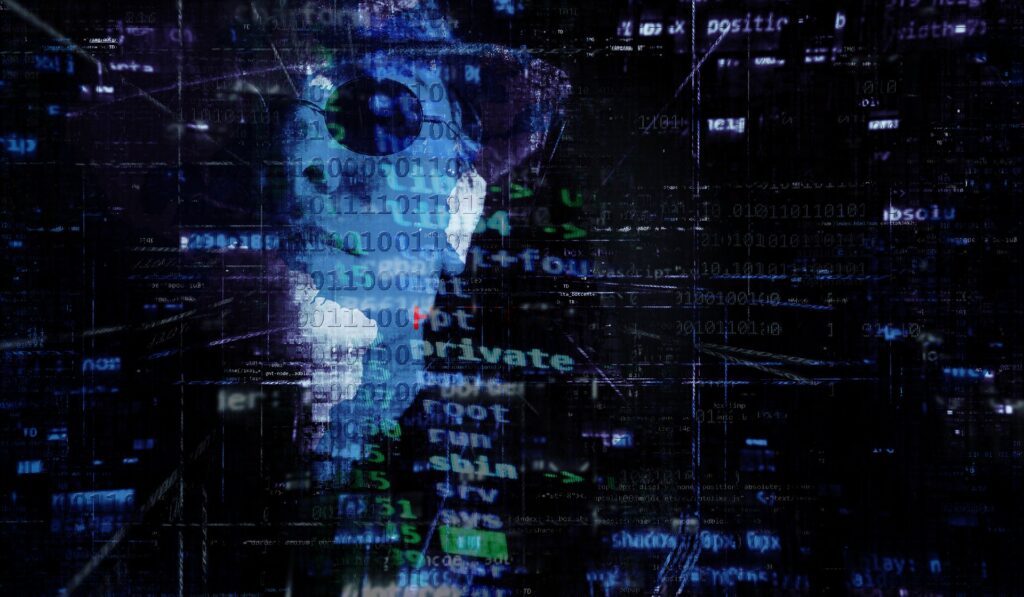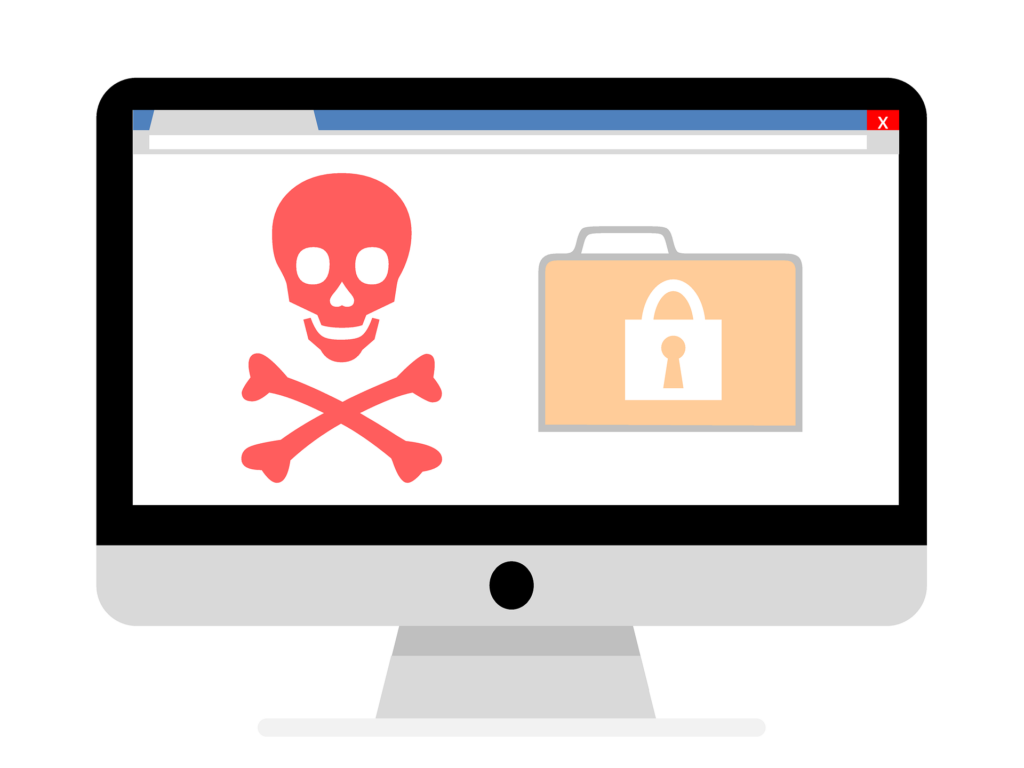Ransomware

Ransomware is an economically motivated crime. Cybercriminals force individuals and organizations to store and pay for their ransom. In other words, ransomware is a type of malware that encrypts infected files. The attacker then demands a ransom from the victim to restore access to the data during the payment.
Ransomware is one of the most prevalent and harmful types of malware affecting people today. It can affect both individuals and organizations and will incur significant costs in both recovery and downtime.
How does ransomware work
Ransomware usually works by locking or encrypting files and making them unusable. Some types are designed so that the computer does not work at all. There are many vectors that can be used to access your computer using ransomware.
One of the most common delivery systems is phishing- attachments that come in the form of a file in an email to the victim that he should trust. The download file then encrypts the data and adds an extension to the file to make it unrecoverable. More sophisticated versions of the software can spread on their own and function without human intervention. This form of ransomware, known as a “drive-by” attack, infects the system through security holes in various browser plugins.
Who are the targets of ransomware attacks?
Ransomware can spread across the Internet for no specific targets. But the nature of this file-encrypting malware means that cybercriminals can choose their targets too. This targeting ability enables cybercriminals to go after those who can, and are most likely, to pay a larger ransom.
It can be a matter of opportunity. For example, an attacker can target a small business because the security team is small and has a different user base that does more with file sharing, making it easier for defences to break in.
Companies with sensitive data. Law firms and similar organizations can be targeted because cybercriminals exploit legal disputes that could result in the disclosure of data for extortion.
Firms that pay and pay quickly. Government agencies, banks, medical institutions, and similar groups make up this group because they need quick access to their files – and may be willing to pay quickly to get them.
Should you pay ransom?
The decision to pay the ransom should be made with caution, risk awareness and acceptance, and in coordination with various stakeholders – legal advice, law enforcement, cyberspace insurance, and security experts.
Most law enforcement agencies do not advocate paying a ransom, as it does not guarantee that the organization will access its data again. In some cases, ransom victims were never given a decryption key. In addition, due to errors in the encryption algorithms of some malware variants, victims will not be able to recover some or all their data even with a valid decryption key.
Despite the risks, some argue that paying for ransomware should be viewed as a viable option and should be weighed like any business decision. If one accepts what is published in popular media, paying extortion is usually a less expensive option.
How to prevent ransomware attack?
Use antivirus software: The best way to prevent ransomware attacks is to prevent malware from accessing your computer or device. The first is to install an efficient and high-quality antivirus program with powerful ransomware protection tools.
Click here to purchase any IT related software or hardware
Back-up: Keep a recovery system in place so that ransomware infections do not permanently destroy your personal information. It is best to make two backup copies: one for storing in the cloud and one for physical storage. Unplug this from your computer when you are done. Your backups are also useful if you accidentally delete a serious file or encounter a hard drive failure.
Disable Microsoft macro Macros are small programs used to automate simple tasks in Microsoft office pricing documentation, but they can be used maliciously. For information on how to disable macros visit Microsoft website.
Update your software: When your operating system or applications release a new version, install it. And if the program offers an automatic update option, take advantage of it.
Trust no one: Any account can be compromised, and malicious links can be sent to friends, co-workers, or an online gaming partner’s account on social media. Never open attachments in emails from someone you do not know about. Cybercriminals often distribute fake e-mail messages that look very similar to e-mail notifications.
To host your emails and use the Google cloud on GSuite, please contact the Google partner “Benchmark IT Services”
Enable ‘show file extension’: This makes it easier to detect potentially malicious files. Avoid file extensions such as “.exe”, “.vbs”, and “.scr”. Fraudsters can use multiple extensions to disguise malicious files as videos, photos, and documents.
How to remove ransomware?

Click here for cyber security related issues of businesses
Restore clean backup: If you know how to remove ransomware virus, it is your best advantage. One way to do this is by restoring the clean backup. If you can get a clean backup to another separate disk or cloud and are attacked by ransomware, you should be able to reformat your disk and restore your clean backup. In that way, you can successfully remove the ransomware virus from your computer.
Use decryption tools: Most ransomware encryption methods are recognized for their popularity. As a result, decryption tools have been developed that can save data without paying a ransom. To do this, you need to identify the ransomware that is infecting your computer. By combining this software with the appropriate family of ransomware, you can decrypt files for free.
Visit NoMoreRansom.org. Upload a ransomware note, email or web address to identify the ransomware type. If identifiable, the next step is to provide a solution.
Not all ransomware families have created decryptors for them, and in many cases, people are unable to create decryptors because ransomware uses modern and sophisticated encryption algorithms. Then again, even if a decryptor exists, it is not always clear if this is the correct version of the malware. You no longer want to encrypt your files using the Wrong Files Denial script.
Alternatively, you can view the ID ransomware from the Malware Hunter team and upload a ransom note or one of your confidential files and it will tell you what you are dealing with. After that, you can enter the name of ransomware and decryptor in the search engine and hopefully you should get some good results.
Negotiation: If you do not know how to remove the ransomware virus, this is your last and most dangerous step. This option is very common for some small businesses that value their data too much. They are willing to pay ransom to get your valuable data back on the computer. Others try to negotiate and avoid paying steep extortion fees. They pay small sums, the chances are high because all they need is money, and it is better for them to get less than for nothing.
